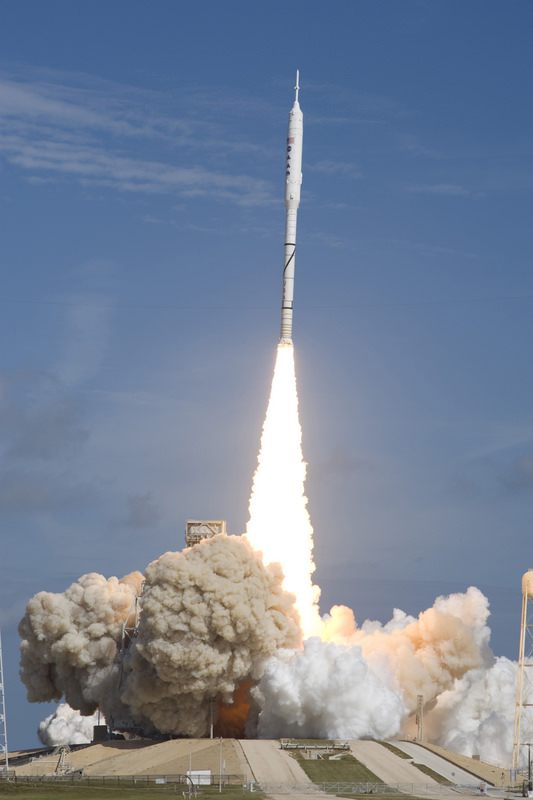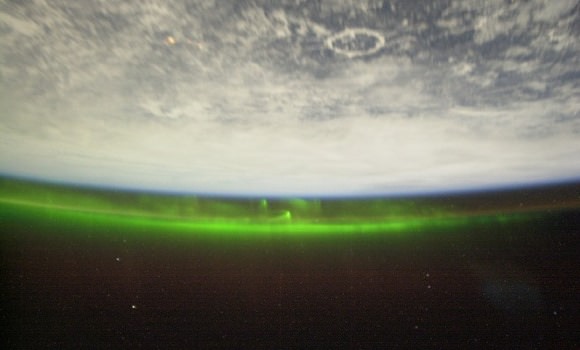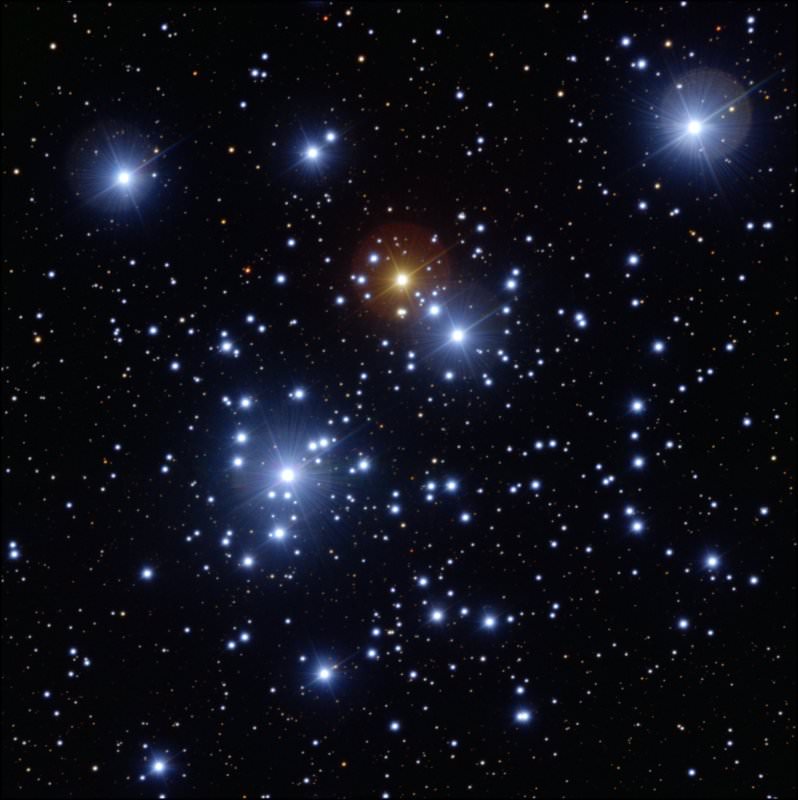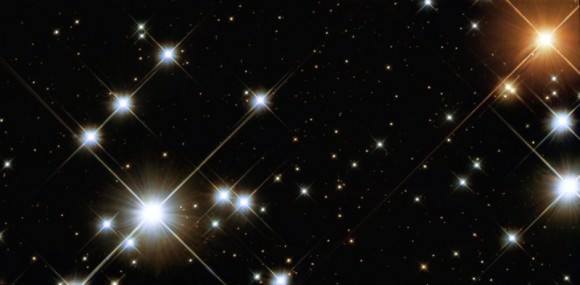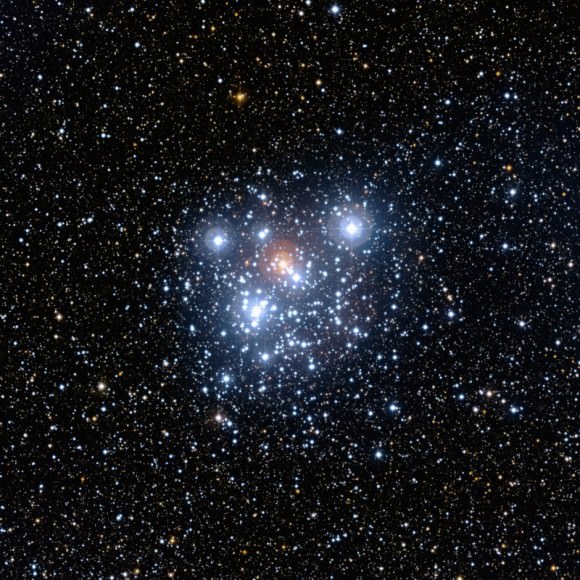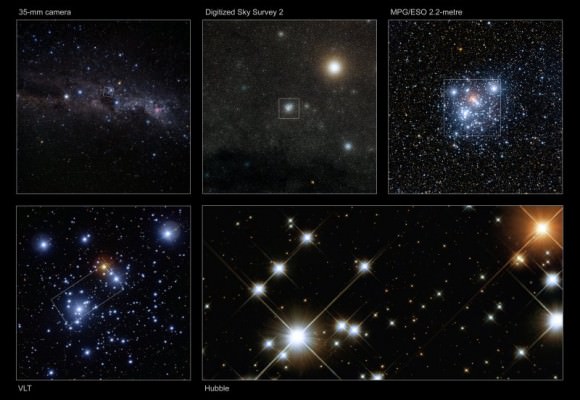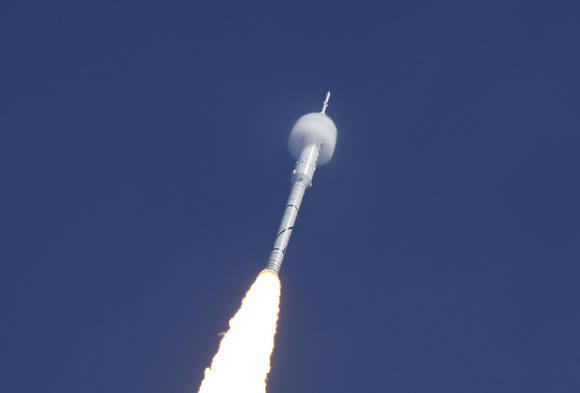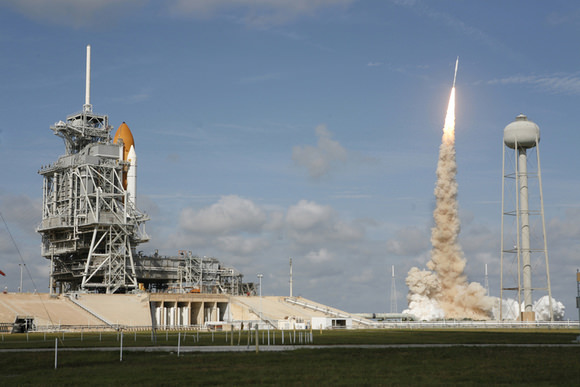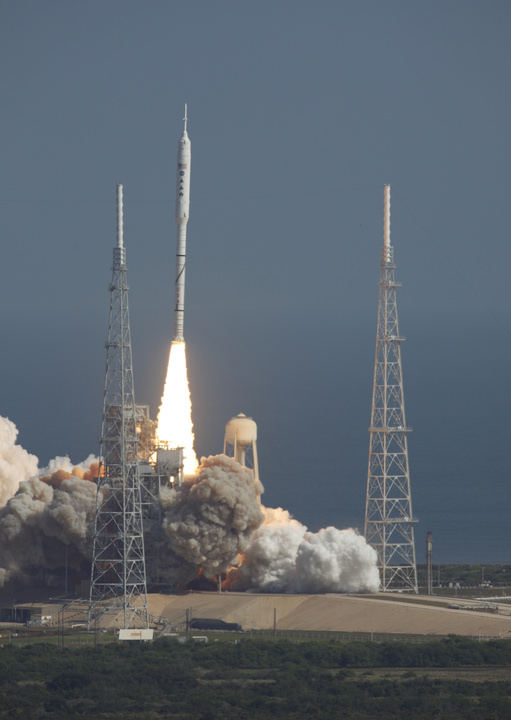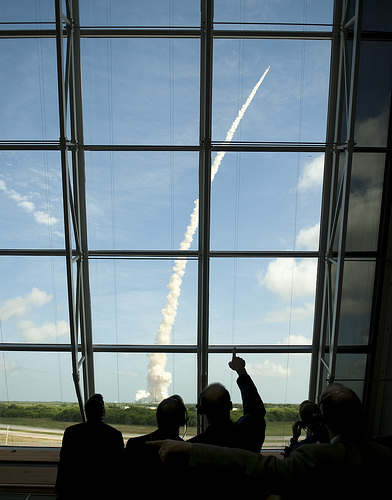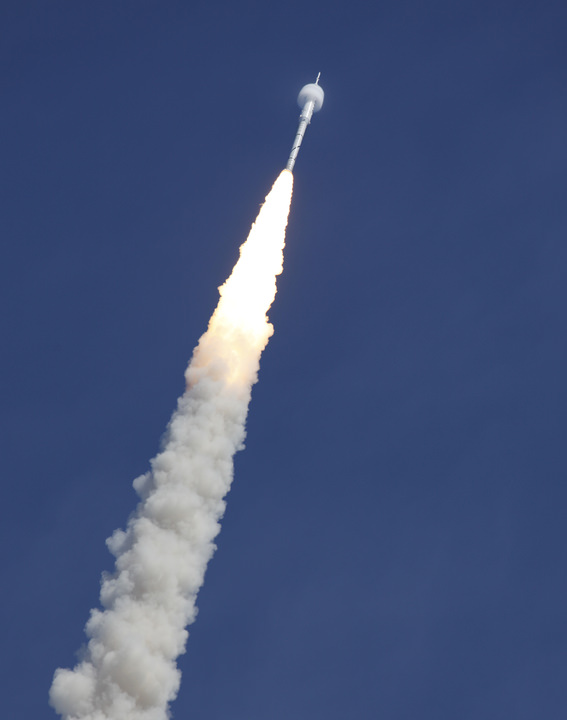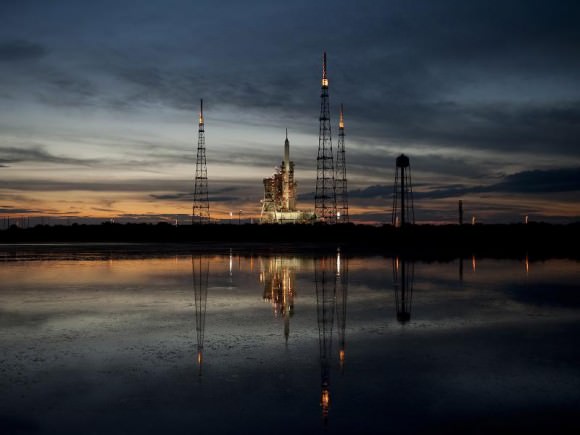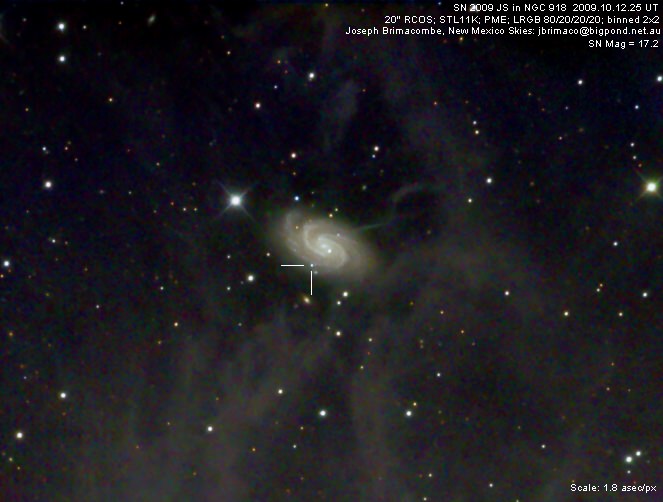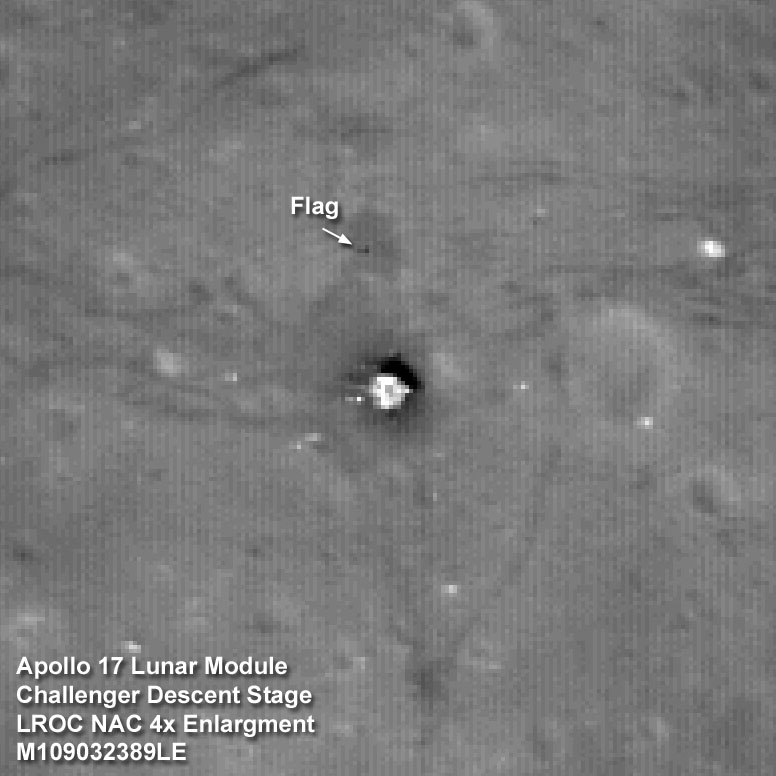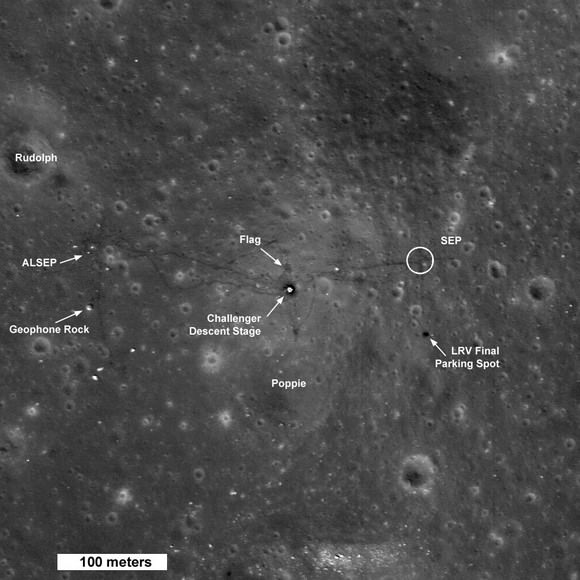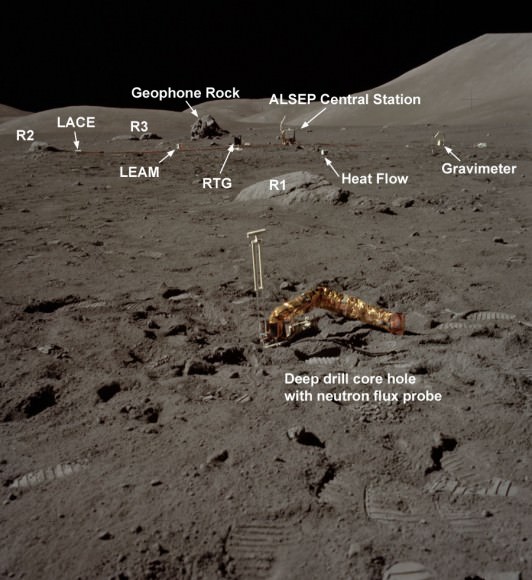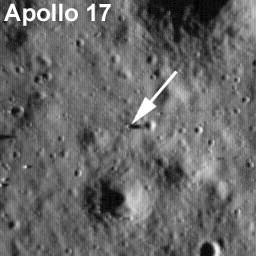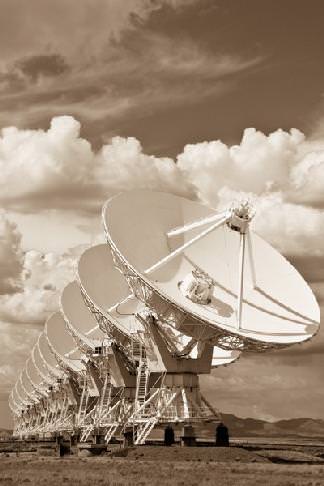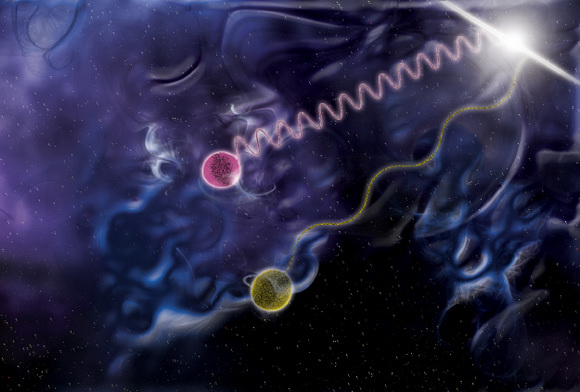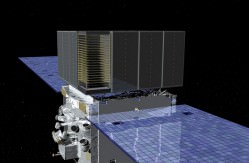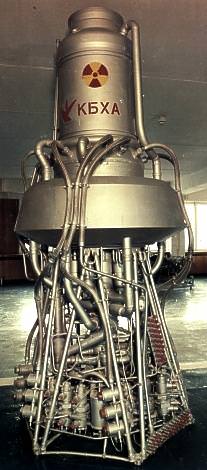[/caption]
After Wednesday’s picture perfect launch of the Ares I-X test rocket — which revealed no real showstoppers or issues as of yet for the vehicle — the obvious next question is: now what? Much of what comes next for the Ares program, and Constellation in general, hinges on any decisions the Obama administration and Congress make in regards to NASA’s budget and the options put forth by the Augustine Commission. But if the Ares program is given the green light, here’s an overview of the next steps, future test flights and milestones. First on the list? We won’t hear the word “triboelectrification” ever again.
No more trouble with triboelectrification.
At Wednesday’s press briefing following the launch, program managers said they didn’t realize what a big issue the triboelectrification rule would be. Flying through high-level clouds can generate “P-static” (P for precipitation), which can create a corona of static around the rocket that interferes with radio signals sent by or to the rocket. This would create problems when the rocket tries to transmit data down to the ground or if the Range Safety Officer at Cape Canaveral Air Force Station needed to send a signal to terminate (blow up) the rocket in the event of a problem.
“We can coat the vehicle with something to dissipate the charge, or you certify the vehicle to show it is not sensitive to that effect,” said Bob Ess, Ares I-X mission manager. “We’ve done analysis that our vehicle isn’t sensitive, but we didn’t go and get it certified with the Range. This was a bigger implication to us than we expected.”
Constellation program manager Jeff Hanley said had there been a lengthy delay of the test flight, for whatever reason, they likely would have had the time and opportunity to do the certification. But from now on, Hanley said, all rockets will be certified before launch to avoid the “trouble with triboelectrification.”
In-flight anomaly.
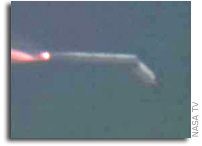
The only initial anomaly during the test flight was some unusual dynamics on the dummy second stage after separation. It went into a flat tumble, and appeared as if it might hit the first stage as it turned. The reason for the tumble wasn’t initially known, and will be of interest to the team as they analyze data from over 700 sensors. “We know all the motors fired, but it might be the aerodynamics,” said Ess, “perhaps a higher aerodynamic pressure than what we expected. It was interesting, and interesting is good. It wasn’t dramatically different from what we expected, though”.
As far as the future, Hanley said the flight test program is constantly under review as far as what budget and schedule allows but here’s the current plan:
Spring 2010: Launch Abort System Test.
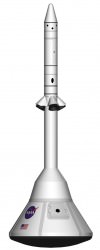
The Ares’ Orion crew capsule includes a launch abort system, which is scheduled to undergo the first of three tests early next year. The abort system involves three separate motors to move the capsule away from the rocket and/or launchpad. It will have directional control to separate and jettison the entire launch abort system so the capsule can parachute back to Earth.
The test will take place at the White Sands Missile with a “boiler plate capsule,” a mock-up the Orion capsule outfitted with several instruments to measure how the abort motors work. “This is a key part of any human launch system as far as safety is concerned,” Hanley said.
Summer 2010: First Stage Motor Testing
ATK has just started casting the second Ares I first stage motor that will be test fired summer 2010. “We have more first stage recovery parachute testing as well, schedule for April,” Trina Patterson from ATK told Universe Today. She is the Senior Manager Media Relations for ATK Space Systems.
2010: Mobile launcher completed.
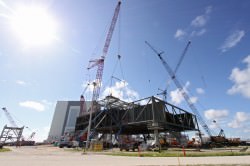
The new mobile launcher, currently under construction, will be the base for the Ares rocket to launch the Orion crew exploration vehicle and the cargo vehicle. “Two tiers are up, and the third tier is ready to go up later this week,” Hanley said. The base will be lighter than space shuttle mobile launcher platforms so the crawler-transporter can pick up the added load of the 345-foot tower and taller rocket. When the structural portion of the new launcher is complete, umbilical lines, access arms, communications equipment and command/control equipment will be installed.
Late 2010: Design review for the Orion capsule.
“At the end of next year, there is a critical design review for the Orion capsule,” said Hanley. “Progress is underway to build components. The first copy of Orion is being welded together at the Michoud Assembly Facility (in New Orleans). We will go through bunch of testing through the next couple of years, getting everything designed. It had a successful PDR (preliminary design review) in August and has the CDR (critical design review) next year. The Orion factory is actually here KSC, it is coming together, and as soon as all the parts come, they can put it together.”
Hanley said the program is paced by the current budget on when they can order parts for both Orion and Ares. “We’re under a continuing resolution, and that puts pressure on a program that want to be ramping up to its peak at this time,” he said. “More money sooner is would be good – that gets the parts purchased and into the supply chain. It takes about 3 years to actually get the parts you need. To build parts, you have to get the design done and know what you want to buy and then get your parts to assemble the rocket.”
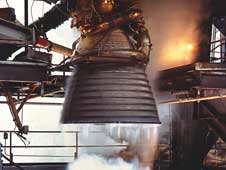
Early 2011: J2X engine initial test.
The Ares I second, or upper, stage is propelled by a J-2X main engine fueled with liquid oxygen and liquid hydrogen.
The J-2X is an evolved variation of two historic predecessors: the powerful J-2 engine that propelled the Apollo-era Saturn IB and Saturn V rockets, and the J-2S, a simplified version of the J-2 developed and tested in the early 1970s but never flown.
March 2014: Arex 1Y test flight.
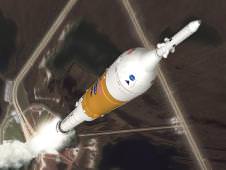
This will be a suborbital flight of the five-segment first stage reusable solid-rocket first with a flight-production upper stage, but containing a dummy J-2X engine. It will also conduct a high altitude test of the launch abort system. Hanley said they have studied putting an actual J-2X engine on that flight to prove that it will start at that altitude, but that is still under review.
“We’d all like to fly sooner; I would have liked to see Orion in completed in 2012 or 13, but the funding didn’t materialize for that, so we adjusted,” Hanley said. “That’s what we have to to do budget cycle to budget cycle. And that’s what we have to continue to do. But we’re making progress on the system, and the flight test schedule, we look for the opportunity to do more flight testing, but that is predicated on the budget.”

